FOR Margaret Dundrow, the period of mourning for Queen Elizabeth II has also been a period of reflection on her own childhood.
Margaret, who’s a lively nearly 90, has lived in Cornwall since her children were teenagers. She taught at Looe County Primary School, where she was known to pupils as Mrs Butterworth, and at Saltash Junior School.
But Margaret’s early life was shaped by close proximity to the Royal Family – as she puts it, “growing up in Queen Elizabeth’s shadow”. Her family lived at Sunninghill, on the boundary of Windsor Great Park, the vast estate surrounding Windsor Castle. At that time anyone living in the places skirting the park – Sunningdale, Ascot, Egham, and Cheapside – was either part of the aristocracy, a wealthy foreigner, or working in one of the many services. One of Margaret’s grandfathers had been a butler, another a gardener at several stately homes, including Highclere Castle, the location for Downton Abbey.
Today, she and her brother David say, their childhood village is unrecognisable: many of the large houses have been turned into flats or demolished, their grounds now housing estates.
Margaret’s father George Ross ran Arthur Cozens Ltd, an electrical contracting firm which carried out many installations in and around the park, including in St George’s Chapel, where Queen Elizabeth is now at rest.
The company vehicles all carried the royal crest up until the late 30’s, says David, after which it was considered too costly to continue with the livery.
During the war years, the firm was commissioned by the Ministry of Works at Bletchley Park, on the airfield within the park at Smiths Lawn, and in various army camps.
David was apprenticed and later became owner of the business, for several years working on the Royal Horse Show.
As small children, Margaret and David would accompany their father to Royal Lodge, where before George VI lived with his family before becoming King.
“My father was also asked to work now and again in a little house built for the two young princesses, Elizabeth and Margaret, which was equipped with everything, including a kitchen. My father would quite often see the Queen Mother but we were left outside a palisade gate.”
David recalls later as an apprentice sitting down on a big settee in the Queen Mother’s house and a butler bringing him coffee and cake.
Despite this close association, David and Margaret never once spoke to any of the Royals.
“A friend of the family, George Elliot, was the gatekeeper at Ascot Gate,” says Margaret.
“George would say to us, you’d better keep a low profile, the Queen’s coming up through, and we could peep through the curtains.”
“At times when we were small,” she continues, “we would be left in the car with a sweet and told ‘be good’. Or we would be left to next to a very tall statue, I think of the Duke of Cumberland, and told where our bounds were.”
The family’s connection to the Duke of Cumberland became clearer to Margaret only later: her great, great grandfather, a Scottish crofter, had been evicted from his home during the Highland clearances, and he and his brothers went to Canada; some of the Ross family later came south.
Margaret speaks fondly of the freedoms she and her brother enjoyed as youngsters: riding bikes wherever they liked around their home and parts of the Great Park; watching polo matches on Smiths Lawn and being taken for a lemonade in the pub afterwards; her brother being allowed to fish for roaches and newts in the park’s ponds. David recalls skating on Virginia Water when it was frozen over and swimming there in summer, when it was “just like a beach” for locals.
“When I was six or seven,” she says, “I had a wonderful pair of dolls, modelled on Princesses Elizabeth and Margaret, and I loved them, especially the Elizabeth one, Margaret wasn’t so much in favour. They had two sets of clothes, one for everyday, and one for going out.”
At the age of nine, Margaret gained a scholarship to Windsor Grammar School for Girls.
“There was a patrol of the army that kept their horses in stables behind the school. We always knew when something was going on because we saw the soldiers marching down. We would have a first class view of the Queen coming out of the castle.
“Our playing fields were right up against the Long Walk. We watched processions and special events – everything that left the palace came through the gate that you see on the television and down the Long Walk.”
Ascot Week was a big event drawing thousands in by rail and road, and as youngsters, Margaret says, “we used to mitch from school and go and hang over the Golden Gates.”
She and her friends continued to sneak out from the grammar school early to Ascot, taking a pair of binoculars and standing on a bench just opposite the royal enclosure. One year, she says, “to my horror I realised that the history teacher and the PE teacher were in the front of the same bus as us – they reported us to the headteacher, and we got ticked off.”
Two moments during Margaret’s sixth form years remain vivid.
“Our headmistress had a grace and favour house on the outskirts of the Castle parade walls. A group of us girls were allowed to stand on the flat roof of the guard’s quarters during events. Once during a garter ceremony, one of the young soldiers fell over, bang, he went straight down like a log.”
Margaret studied Art for her matriculation. “One very memorable day we were invited to go to the Royal Gallery. The custodian allowed us to stay a long time looking at all the Royal pictures. It was fantastic.”
As Margaret reached adulthood she became increasingly aware of the gulf between the upper classes and those that served them. “Class was what mattered in that place and it used to annoy me,” she says, recalling times when her father would be called out in early hours to a job that could have waited until morning.
“The titled people in the big houses, they would expect people to jump and they never worried what time of day or night it was. I became very anti.”
Her brother David adds: “Some would think nothing of asking you to come out late at night to mend their Christmas lights. But we took that in our stride, it was all work.”
Margaret left Sunninghill to do teacher training and worked in the East End of London, where life was a world apart from the privilege she’d observed around the castle.
But she continued to take a keen interest in Queen Elizabeth’s progress, up until recently keeping a scrapbook of royal newspaper cuttings. The response to the Queen’s death has been something ‘completely phenomenal’ she says.
Alongside his career managing the electrical company, David persued his passion for motorcar racing.
“I think one of my proudest moments was standing on the rostrum at Sandhurst Race Circuit. As children we had been brought up to respect the Queen and everything the monarchy stood for,” he explains. “While the national anthem played it brought a lump to your throat, and was an honour. You realise you have a national identity.”
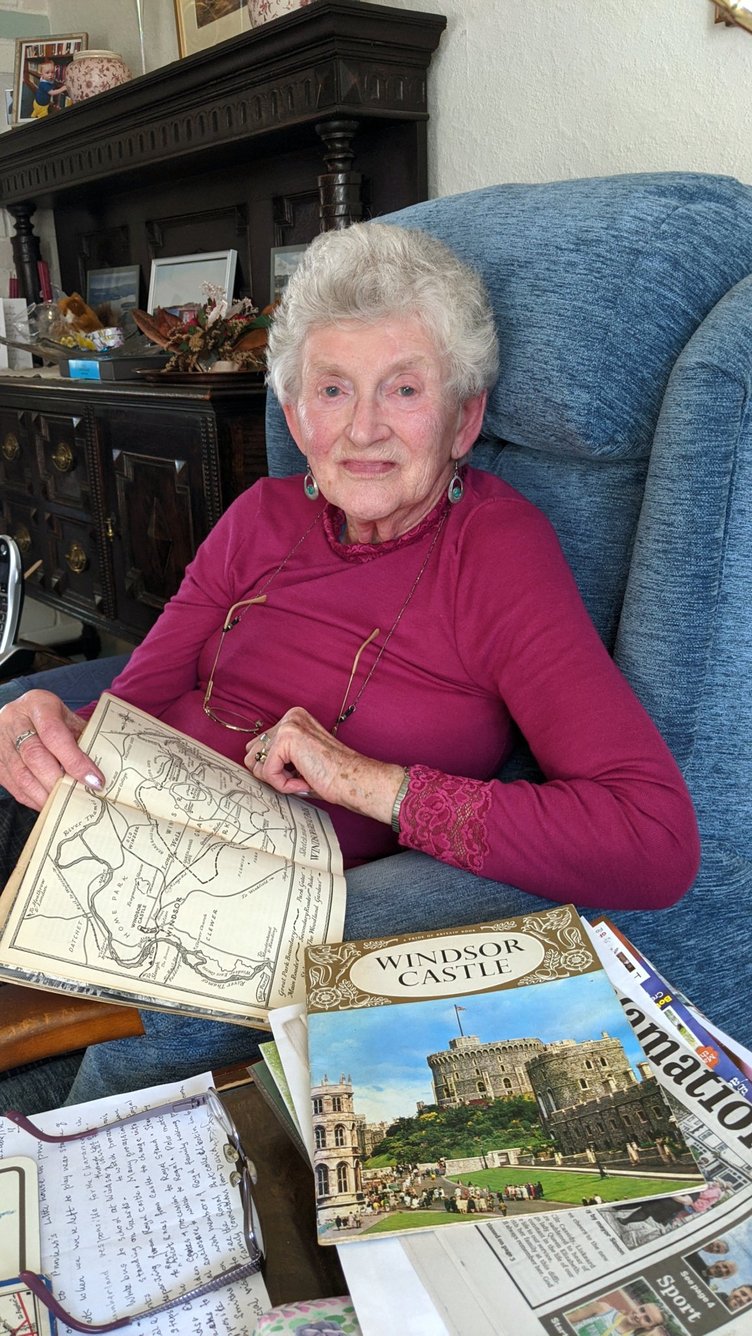
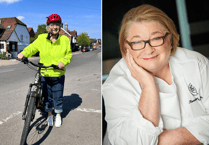
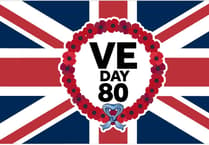
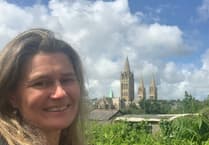
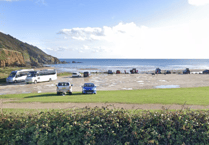
Comments
This article has no comments yet. Be the first to leave a comment.